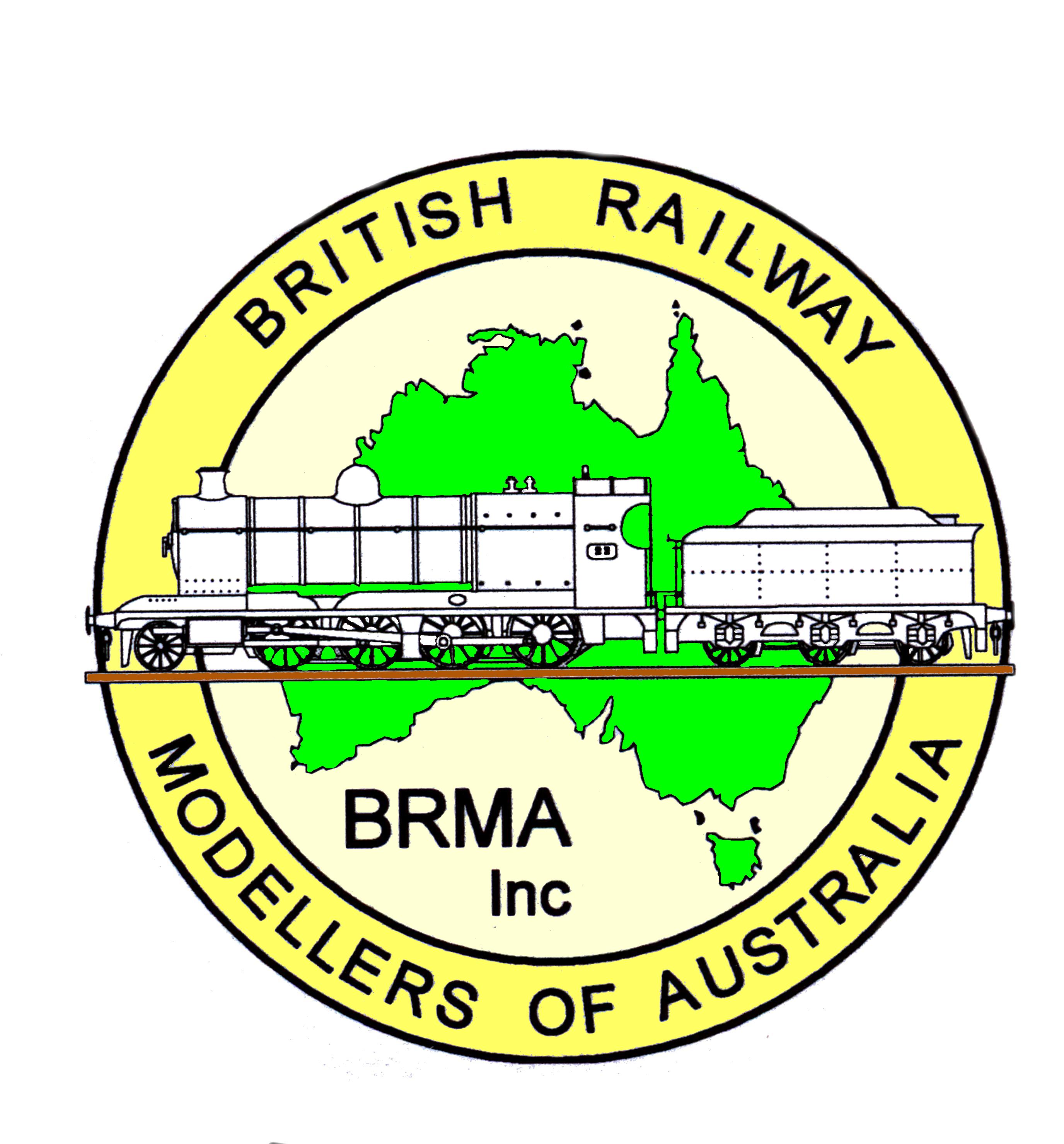VIC - Monbulk Creek - More Information
Monbulk Creek is a 1:350 scale micro-layout featuring the well-known trestle bridge on Puffing Billy in Victoria. It is an experiment in using linear motor propulsion for very small scale model railways, and planned to be the first of several small layouts exploring this technology. The layout is 37" x 15", just under the size threshold for a micro-layout. The scale is 1:350, for a notional 2'6" track gauge of 2.2mm.
The track plan is a squashed oval, with a simple automated queue on the section behind the backscene. This allows an exhibition sequence of three trains, with one train visible and two more queued up waiting their turn.
The original plan was to model it in T Scale (1:450), but the practical minimum carriage length using this drive system works out to be 24mm. With the short narrow gauge rolling stock, this required increasing the scale. Larger standard gauge carriages would work quite well in 1:450 or even 1:600 scale.
The stock and structures are all 3D printed, with two NAs, the Garratt and a trolley in the loco fleet plus a total of 22 carriages of the NBH, NBHC, NAC an NC types. The trees are cheap plastic models from EBay, reworked to resemble gums and ferns.
The linear motor system is my own design, based on a product by IDL Motors in the US. The track is made of small sections of printed circuit board (PCB), forming three strings of interleaved coils acting as electromagnets. When driven by what amounts to a modified PWM controller, they generate a repeating magnetic field that works like a conveyor belt, dragging anything with a magnet along its surface. All of the vehicles have magnets underneath, and move independently. Simple coupler pins are used to keep all the vehicles in line so that they move in a proper, disciplined, train-like manner.
The linear motor drive has a very different set of strengths and weaknesses than conventional model railway propulsion systems, offering some interesting possibilities for small scale modelling.
The main strengths (especially compared to T Gauge) are:
· potentially much higher reliability
· low maintenance
· good low speed running
· very long trains
· easy automation.
The main weaknesses are:
· not truly a railway (with wheels rolling on rails)
· somewhat jerky movement
· magnet proximity issues that make double track and 4-wheel wagons tricky
· it is all very much DIY.
